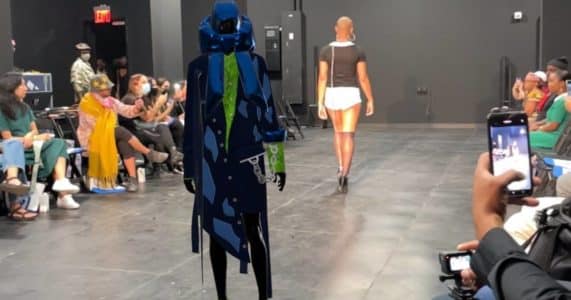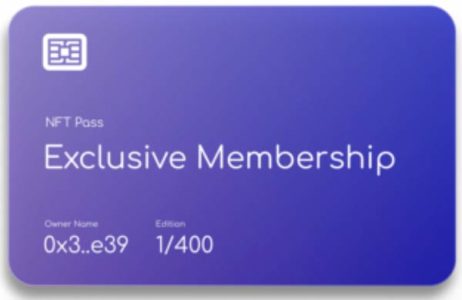More brands and industries are adopting this often overlooked feature of NFTS
Utility NFTs are regarded as a key ingredient of non-fungible tokens, and the reasons for this are becoming more evident with each passing day. This is not to say that NFTs as digital collectibles won’t remain preeminent, but the underlying technology behind NFTs is already helping adopters across multiple sectors to discover how digital assets could be put to use in everyday lives.
In this article, we discuss what NFT utilities are and the multiple ways in which NFTs are being deployed with utilities.
NFT utilities explained
NFT utilities are NFTs that possess use cases beyond their role as a unique digital asset. In many cases, the utility offers their token holders certain perks such as admission to an event or a private chat room. In other cases, the utilities connect to usage such as verification of ownership of real-world assets.
Different industries are starting to deploy NFTs in various forms. We have already seen the utility of NFTs in the sectors of art, real estate, supply chain, sports and photography, among others.
Top NFT utilities
Below are some of the most popular approaches to deploying NFTs with utility that have become popular within the last year.
Digital fashion and luxury goods

The fashion industry has been in the news recently for becoming the sector generating the most brand revenue in the metaverse. Brands such as Nike, Tiffany, Adidas, Dolce & Gabbana and Gucci made up the top ten list of brands with the most metaverse revenue. Interestingly, all of these brands made their money by selling NFTs such as digital sneakers and hats to customers, while some that came with the added utility of physically attached assets available in the real-world.
One such partnership was between NFT studio, RTFKT and the digital artist Ferocious, who designed digital sneakers that buyers could purchase and in so doing get the real sneakers. CryptoPunks also partnered with Tiffany’s to create the NFTiff collection in which 250 limited edition NFTs served as a gateway to acquiring specially crafted physical CryptoPunks pendants.
Redeemable NFTs

Event ticketing, food and hospitality, and art are some of the industries that are fast deploying redeemable NFTs. Some types of NFTs allows owners to redeem a physical prize while burning the digital equivalent. In other words, redeemable NFTs solely operate to confer ownership to a user, and the NFT gets destroyed afterward. Others stay in your wallet and become a sort of proof of attendance that can generate additional rewards down the line for attending or redeeming something with your NFT.
Damien Hirst, a digital artist had experimented with this NFT utility by creating 10,000 digital arts which could be used to redeem their physical equivalent. He gave collectors a year to decide on either keeping the NFT or burning them for the physical art. A total of 5,149 NFT were ultimately burned for the physical equivalent.
Blockbar is another example of how redeemable NFTs are deployed. Blockbar is an NFT marketplace for rare spirits. All NFTs in the marketplace equate to specific physical spirits in Blockbar’s warehouse and the physical piece is redeemable only by the consumer who purchases the NFT.
Ownership NFTs

To a large extent, the essence of NFTs as a whole is to confer ownership on collectors, but there is also an NFT utility that centers on ownership as a utility. This is the logic that justifies the deployment of NFTs in real estate and the issuing of NFTs as prizes.
NFT utility in real estate now involves their deployment as digital representation of properties. As such, once an individual acquires such property, he or she also receive its digital representation that acts as proof of ownership.
In the same vein, we have started to see the issuance of NFTs as prizes in major sporting events. The International Swimming Federation recently issued NFTs as prizes during the International Swimming Competition that was held in Budapest, Hungary. In the same light, Equipe Media recently declared its intention to start issuing NFT prizes to winners of its Ballon d’Or award.
Gaming NFTs

The rise of play-to-earn games has been aided by NFT utilities as in-game assets that can be owned by players. You only need to look at Axie Infinity to see how far gaming NFT utilities could go. NFTs can even be combined to produce new NFTs that can be sold in marketplaces.
This is not to mention NFTs such as lands, resources, skins and avatars, and weapons that are increasingly contributing to the growth of the play-to-earn gaming model.
Conclusion
Utilities are a key part of the future of NFTs. As more industries find innovative use cases for NFT adoption, it is only a matter of time until NFTs as cross-functional utilities become mainstream.






